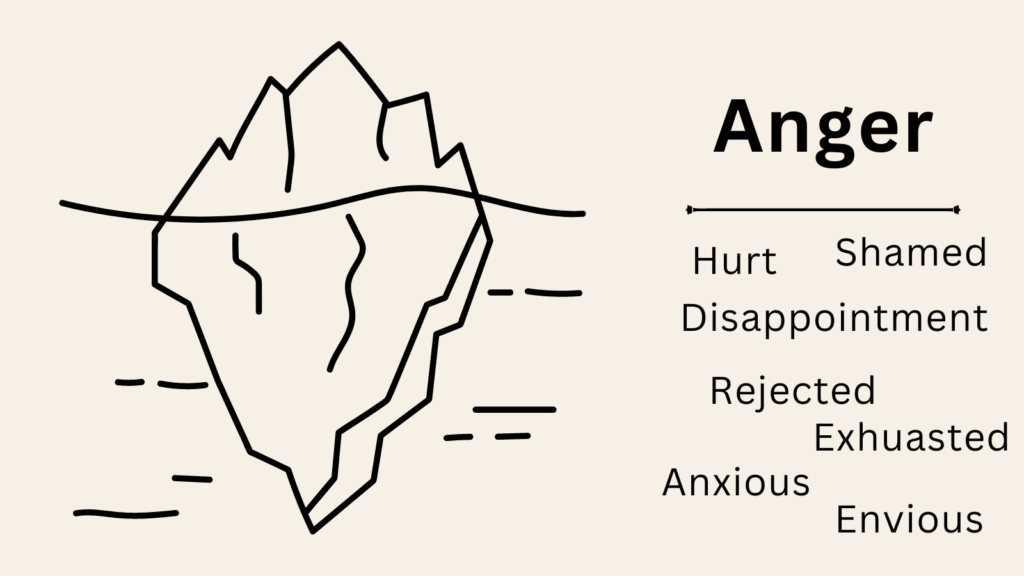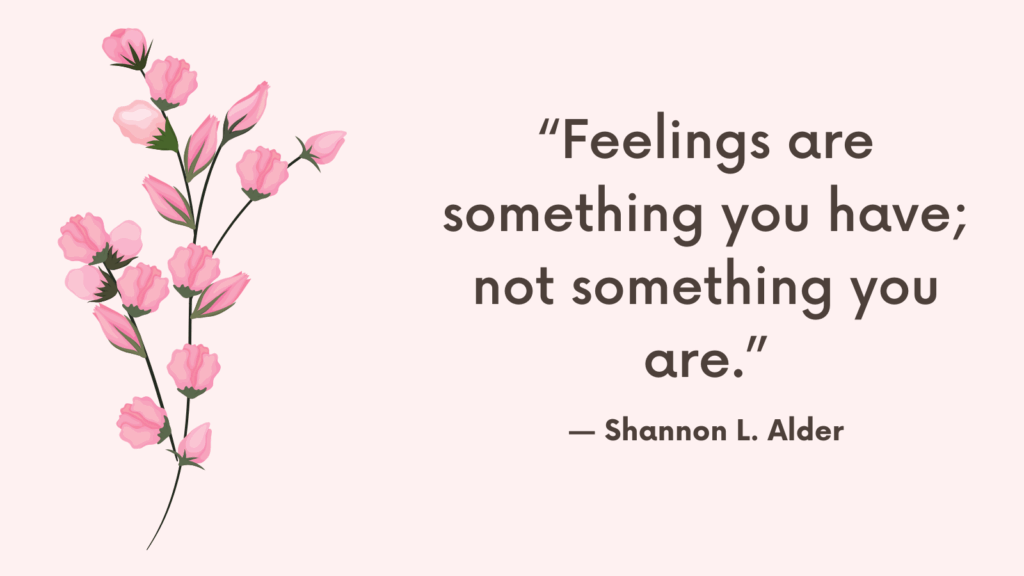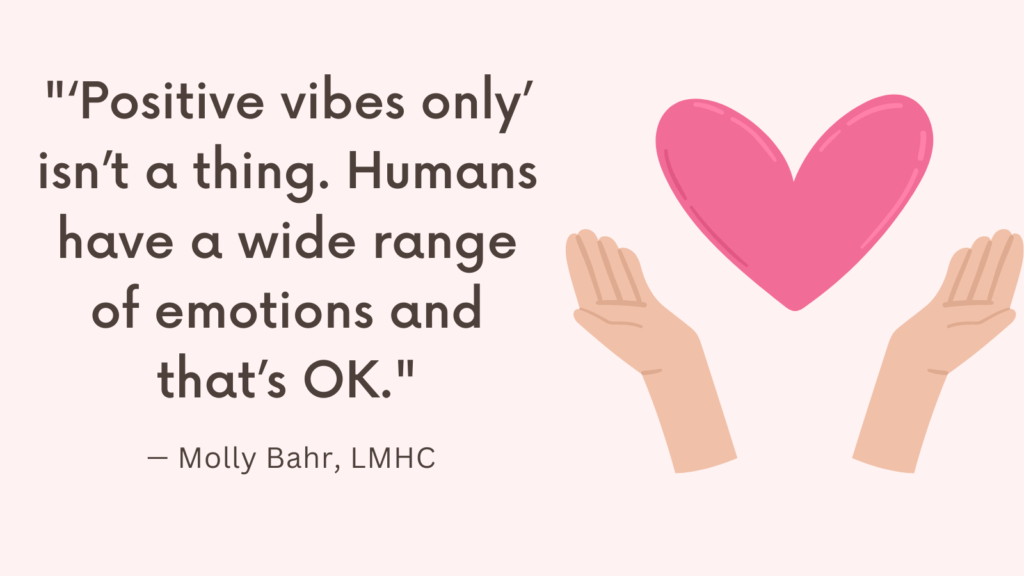In this post, you’ll learn all about anger iceberg and how to use it to manage your anger more effectively.
What Is Anger Iceberg?
The Anger Iceberg is the idea that anger is often just the visible part of a deeper emotional experience.
The iceberg analogy suggests that anger is like the tip of the iceberg, while other emotions and underlying factors lie beneath the surface.
How to Use Anger Iceberg?
Here’s how it works:
1. The tip of the iceberg represents your anger. This is the emotion you typically feel and express outwardly.
2. Below the waterline, hidden from view, are other emotions, thoughts, and beliefs that contribute to your anger. These can include feelings like frustration, fear, hurt, shame, or sadness.
3. Reflect on situations or triggers that often elicit anger in you. Try to identify the underlying emotions and thoughts associated with those triggers.
For example, if someone criticizes your work, you might feel angry because you believe they’re attacking your competence or questioning your worth.
4. Consider the patterns or recurring themes in your anger. Are there certain situations or triggers that consistently provoke strong emotional responses? Understanding these patterns can help you better address and manage your anger.
5. Once you’ve identified the underlying emotions and thoughts, it’s essential to find healthy ways to address and cope with them.
This may involve seeking therapy or counseling to explore and process these emotions, learning relaxation techniques to manage stress, practicing assertive communication skills, or challenging negative thought patterns.
Remember that the goal is not to eliminate anger entirely, but rather to understand and manage it in a healthier way. By addressing the underlying emotions and factors contributing to your anger, you can develop more effective coping strategies and improve your overall emotional well-being.
Related: Top 14 CBT Exercise For Anger Management (+FREE Anger Worksheets)

FREE Anger Iceberg Worksheet PDF
The Purpose of Anger
Anger serves several functions, and understanding these can help us better navigate and manage our anger.
1. Self-Protection: Anger can signal that our boundaries are being violated or that we are being treated unfairly. It prompts us to take action to assert ourselves, protect our rights, and defend against perceived threats.
2. Motivation: Anger can be a powerful motivator for change. When we feel angry about an injustice or wrongdoing, it can fuel our determination to take action, seek justice, or advocate for ourselves or others.
3. Communication: Anger can be a form of communication, expressing our displeasure or dissatisfaction with a situation or someone’s behavior. It signals that something needs attention or resolution, potentially leading to improved understanding and problem-solving.
4. Signal for Help: Anger may serve as a signal to others that we need support, assistance, or understanding. It can prompt those around us to recognize our distress and respond accordingly.
5. Emotional Regulation: Interestingly, anger can also help regulate other emotions. Sometimes, when we’re feeling sad, hurt, or vulnerable, expressing anger might provide a temporary sense of control, power, or release.
Related: Best 10 Anger Management Books And Workbooks
How to Deal With Anger Effectively?
Dealing with anger effectively is a crucial skill that psychologists often teach their clients. Here are some scientifically supported strategies to help you manage and channel your anger in a constructive way:
1. Recognition and Awareness
The first step is to recognize and acknowledge your anger.
Pay attention to the physical and emotional signs of anger, such as increased heart rate or tension in your body. By becoming aware of your anger, you can take steps to manage it.
2. Take a Time-Out
When you feel anger escalating, it’s important to take a break and step away from the situation. This allows you to calm down and regain control before responding.
Find a quiet space, practice deep breathing, or engage in a calming activity like listening to music or taking a walk.
3. Identify Triggers and Patterns
Reflect on what triggers your anger. Is it certain situations, people, or thoughts?
By identifying these triggers, you can anticipate and prepare for them, finding healthier ways to respond.
Related: Top 15 Anger Journal Prompts (+FREE Worksheets)
4. Practice Problem-Solving
Anger often arises when we face obstacles or perceive injustices. Instead of reacting impulsively, try problem-solving techniques.
Identify the underlying issue, generate possible solutions, and evaluate their pros and cons. This approach helps you address the root cause of your anger constructively.
5. Express Yourself assertively
Communicate your needs, concerns, and boundaries calmly but assertively.
Use “I” statements to express how you feel, focusing on the specific behavior or situation rather than attacking the person. This approach fosters open dialogue and can lead to resolution.
6. Seek Support
Reach out to trusted friends, family, or mental health professionals who can provide support and guidance.
Sometimes talking about your anger with someone impartial can lend a fresh perspective and help you find healthier ways to cope.
7. Practice Relaxation Techniques
Engaging in relaxation techniques like deep breathing, meditation, or progressive muscle relaxation can help you manage anger and promote overall emotional well-being.
These techniques can help you reduce stress and increase your ability to self-regulate.
Remember, it’s essential to approach anger management as a process. It takes time and practice to develop these skills effectively.
Related: Best 6 Mindfulness Exercises For Beginners (+FREE Resources)

Conclusion
While anger can serve important purposes, it’s essential to recognize that the expression and management of anger should be done in a healthy and constructive way.
Understanding the purpose of anger can help you channel it effectively and make positive changes in your life.



